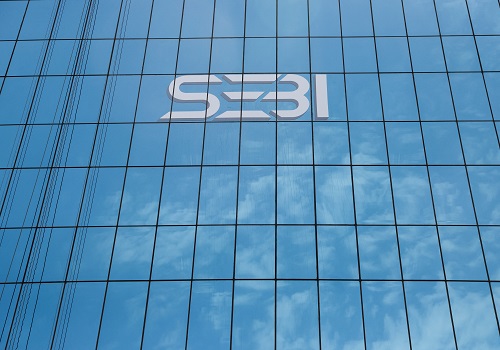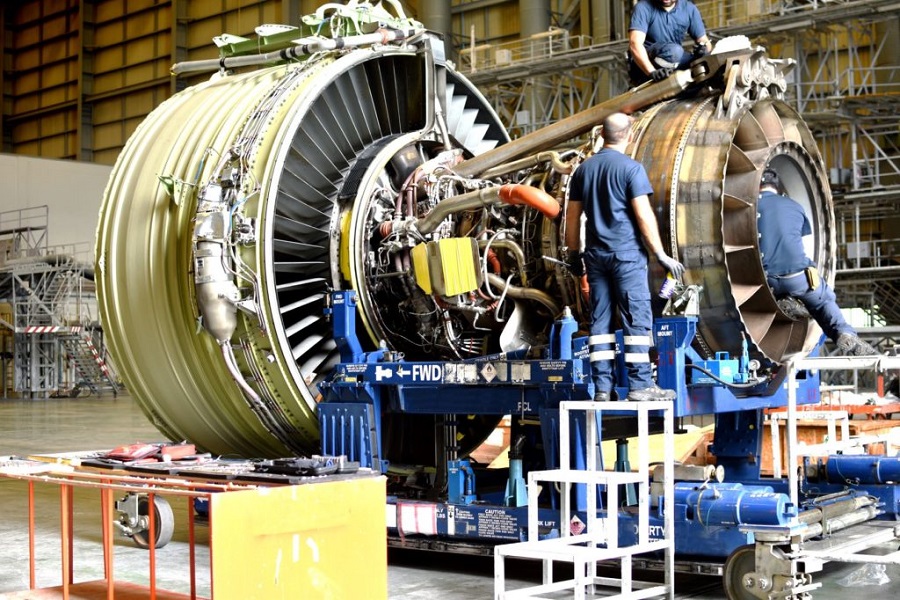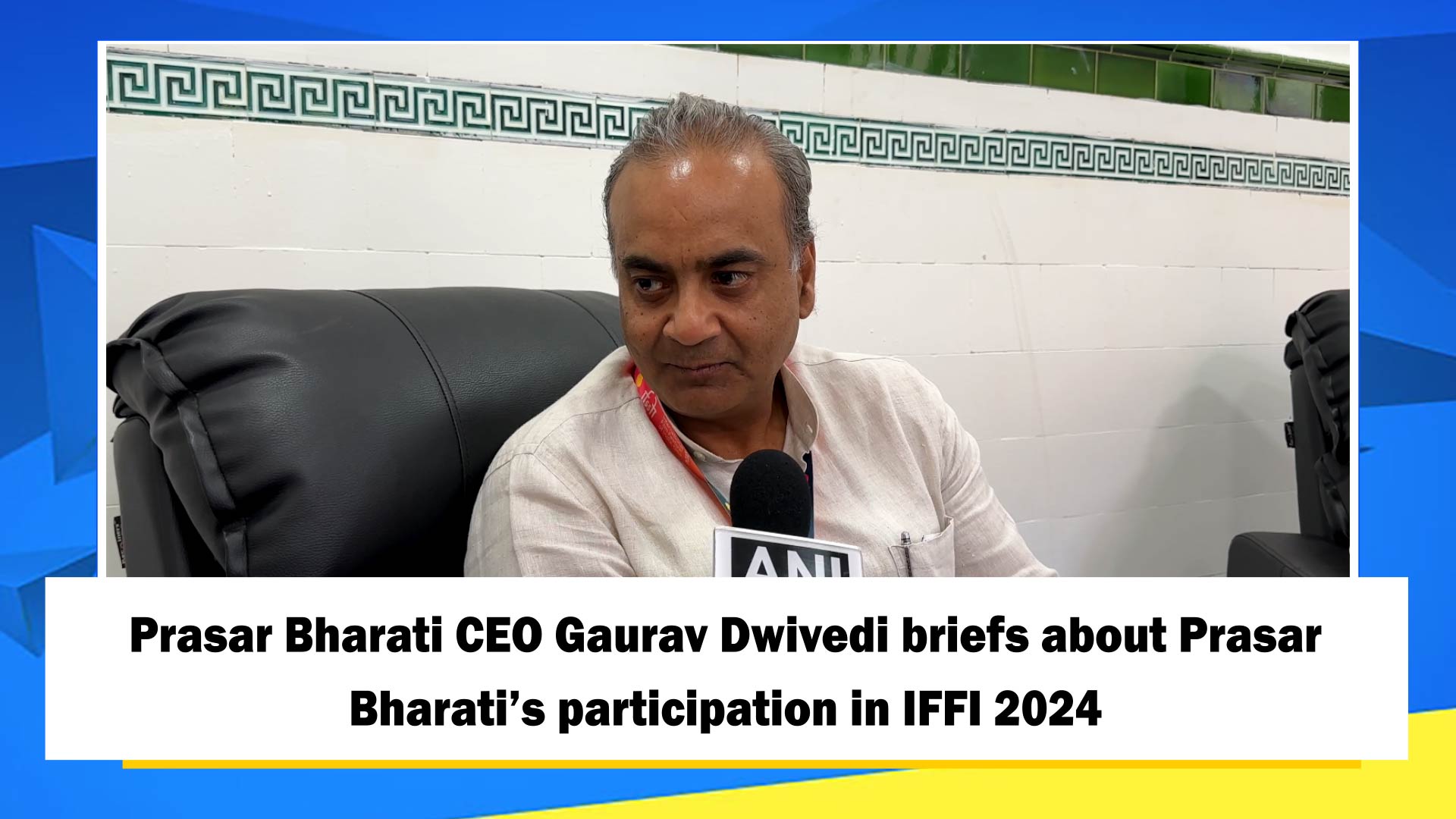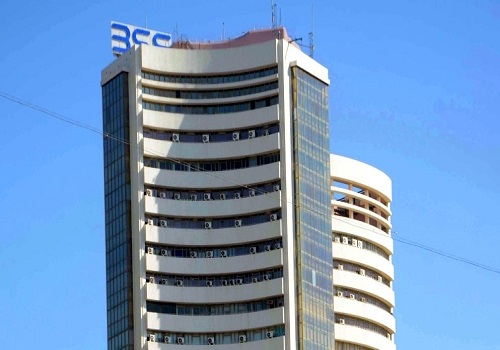Sai Silks (Kalamandir) coming up with IPO to raise upto Rs 1235 crore

Follow us Now on Telegram ! Get daily 10 - 12 important updates on Business, Finance and Investment. Join our Telegram Channel
Sai Silks (Kalamandir)
- Sai Silks (Kalamandir) is coming out with a 100% book building; initial public offering (IPO) of 5,56,43,428 shares of Rs 2 each in a price band Rs 210-222 per equity share.
- Not more than 50% of the issue will be allocated to Qualified Institutional Buyers (QIBs), including 5% to the mutual funds. Further, not more than 15% of the issue will be available for the non-institutional bidders and the remaining 35% for the retail investors.
- The issue will open for subscription on September 20, 2023 and will close on September 22, 2023.
- The shares will be listed on BSE as well as NSE.
- The face value of the share is Rs 2 and is priced 105.00 times of its face value on the lower side and 111.00 times on the higher side.
- Book running lead managers to the issue are Motilal Oswal Investment Advisors, HDFC Bank and Nuvama Wealth Management.
- Compliance Officer for the issue is Matte Koti Bhaskara Teja.
Profile of the company
The company is amongst the top 10 retailers of ethnic apparel, particularly sarees, in south India in terms of revenues and profit after tax in Fiscal 2020, 2021 and 2022. Through its four store formats, i.e., Kalamandir, VaraMahalakshmi Silks, Mandir and KLM Fashion Mall, it offers its products to various segments of the market that include premium ethnic fashion, ethnic fashion for middle income and value-fashion, with a variety of products across different price points, thereby catering to customers across all market segments. It leverages its store network of 54 stores as of July 31, 2023, to focus on spreading India’s vibrant culture, traditions and heritage by offering a diverse range of products which includes various types of ultra-premium and premium sarees suitable for weddings, party wear, as well as occasional and daily wear; lehengas, men’s ethnic wear, children’s ethnic wear and value fashion products comprising fusion wear and western wear for women, men and children.
The share of organized retailing in apparel has increased from 14% in Fiscal 2007 to 32% in Fiscal 2020. The evolution of the market, in its current phase, represents distinct segmentation of channels of organized retail for apparel. This phase also represents emergence of category leaders in respective groups of western (formal and casual), Indian, and athleisure. Historically, the ethnic retail trade of sarees was dominated by unorganized players in small format stores with a very few organized players. Its founders recognised the opportunity and in order to address the gap in the market, it commenced operations in 2005. Today, it offers one of the widest portfolios of saree SKUs among women’s apparel brands in India. With large retail outlets that provide customers a wide variety of options in ethnic wear across various price points.
Proceed is being used for:
- Funding capital expenditure towards setting-up of 30 new stores.
- Funding capital expenditure towards setting-up of two warehouses.
- Funding working capital requirements of the company.
- Repayment or pre-payment, in full or part, of certain borrowings availed by the company.
- General corporate purposes.
Industry overview
Retail Market in India was valued at $ 492 billion in Fiscal 2015 and reached a value of $ 746 billion in Fiscal 2020, growing at 8.7% CAGR over this period. Currently, the Retail Market in India was valued at $ 951 billion (Rs 76,06,572 crore) in Fiscal 2023 and is expected to grow at a CAGR of 13.8% to reach $ 1,417 billion (Rs 1,13,39,918 crore) by Fiscal 2027. In Fiscal 2022, India’s retail basket was approximately 48% of its private consumption and it is expected to maintain roughly this share in private consumption for the next five years. The food and grocery (F&G) segment forms the major share of India’s merchandise retail expenditure (approximately 68%), followed by apparel and apparel accessories, consumer electronics and jewellery at approximately 6% to 7% each. The apparel market in India was estimated at approximately US$ 51 billion as of Fiscal 2021 and is one of the larger segments of the Indian retail sector. Organized retailing share of Apparel has increased from 14% in Fiscal 2007 to 39% in Fiscal 2022. In other words, in the last thirteen years, organized retail not only captured the new incremental demand, but it has also succeeded to shift the demand away from unorganized apparel retail in its favour. Given the fact that organized retail sells branded apparel, the growth of organized retail is poised to be a key growth enabler for the growth of branded apparel.
Apparel market size in Fiscal 2020 was $ 55.9 billion (Rs 4,47,750 crore) and reached a market value of $ 51.4 billion (Rs 4,11,750 crore) in Fiscal 2022. Between Fiscal 2022 and Fiscal 2027 the apparel market is expected to grow at a CAGR of 21% to reach $ 133.53 billion in Fiscal 2027 on the back of factors like higher brand consciousness, increasing digitization, greater purchasing power and increasing urbanization While the apparel market has degrown by approximately 4.1% to reach a value of $ 51.47 billion in Fiscal 2022 due to negative impact of COVID-19 pandemic, the market is expected to recover at a higher pace of 21% between Fiscal 2022 and Fiscal 2027. While the CAGR of total apparel market between Fiscal 2020 and Fiscal 2027 is expected to be approximately 13.2%, the branded apparel and organized apparel retail are expected to grow at CAGR of approximately 17.7%and approximately 19.9% respectively in the same period. In other words, growth of both branded apparel share and organized apparel retail share in apparel category will outpace the overall category growth. COVID-19 gave impetus to the growth of e-commerce which is expected to become a significant growth driver for the organised market.
Pros and strengths
Among leading ethnic and value-fashion retail company in south India: The company is amongst the top 10 retailers of ethnic apparel, particularly sarees, in south India in terms of revenues and profit after tax in Fiscal 2020, 2021 and 2022. The share of organised apparel retail which was 32% in 2020 is expected to increase to 48% in 2027. The share of organised retail in women’s apparel, which was 19% in Fiscal 2015, increased to 31% in Fiscal 2022 and is expected to reach 44% by Fiscal 2028, amounting to Rs 1,754.44 billion. Focussed approach towards offering consistent quality at affordable prices has been driving growth in the value fashion segment. The consistent delivery of this promise in tier II, III and IV cities has been aiding the transition of consumers from the unorganised traditional shops to the organised value retailers. It considers that the variety of products offered by it at different price points have allowed it to serve over 5.98 million customers since its inception.
Leading ethnic wear retail brand in India with scalable mode: Launched in 2005, it focuses on spreading India’s vibrant culture, traditions and heritage through its ethnic wear brands. It considers its business model to be scalable and efficient and it generally achieve immediate positive cash flow for its new format stores and achieve break even for capital expenditure incurred for setting up the exclusive format store within a reasonable period from store opening, depending on the store format. Approximately 23% of the total demand of apparel is estimated to come from Tier III and Tier IV cities, 60% of which is currently estimated to be within the value segment. The organized value retailers have led the transition of the value apparel segment in these cities from being largely unorganized to being somewhat organized. It considers its brand to be strong, its business model to be scalable, and this, coupled with effective operational processes and proven track record of profitable expansion, position it well to capitalise on this market opportunity.
Strong presence in offline and online marketplace with an omni-channel network: The company’s store formats have a strong offline and online presence. While it commenced its operations through its first ‘Kalamandir’store in 2005 at Hyderabad, Telangana with a store size of 3,213 square feet, it has over the years expanded its stores to 54 stores in four major south Indian states, i.e., Andhra Pradesh, Telangana, Karnataka and Tamil Nadu, with an aggregate area of approximately 603,414 square feet as of July 31, 2023. Its average store size, calculated on the basis of its operating stores as of July 31, 2023, is 10,390 square feet for its Kalamandir format stores, 3,310 square feet for its Mandir format stores, 6,099 square feet for its VaraMahalakshmi format stores, and 18,400 square feet for its KLM Fashion Mall format stores, with wide variety of products across multiple price points, thereby catering to customers across all market segments. Its focus on creating a differentiated shopping experience for its customers, in its opinion, is a key factor in word-of-mouth references as well as helping it increase its average business per customer. It has introduced certain unique experiences involving religious and traditional rituals to bless product purchases, particularly for purchases for weddings and other key social occasions. It has also made appropriate investments on interior works at its stores to ensure that the overall ambience matches the shopping experience.
Experienced Promoter, management and in-house teams with proven execution capabilities: The company commenced operations in 2005 and is led by its Managing Director, Nagakanaka Durga Prasad Chalavadi who has more than 18 years of experience in the retail business. He has been instrumental in building its store formats and its operational efficiencies. In addition, it has a committed and large senior management team that has extensive experience in the retail and fashion industry, which positions it well to capitalize on future growth opportunities. Its key managerial personnel, assisted by their teams, have been able to create a curated list of SKUs that has enhanced its brand appeal and continual improvements to its stores, that has enhanced the shopping experience of its customers. The inhouse teams are also responsible for creating IT solutions that are deployed across its stores for productivity improvements and increasing operational efficiency. Its Board of Directors includes a combination of management executives and independent members who bring in significant business expertise including in the areas of sales and marketing, finance and corporate governance. Its heads of functional groups, such as marketing and e-commerce, sourcing and supply chain, finance and accounts, operations and sales, enhance the quality of its management with their specific and extensive industry experience.
Risks and concerns
Business highly concentrated on the sale of women’s sarees: The company’s business is currently highly concentrated on a single product, i.e., women’s sarees. Its sales of women’s sarees are dependent on a number of factors, and may decline as a result of increased competition, pricing pressures or fluctuations in the demand for or supply of its products and other factors outside its control. In particular, its business is characterized by rapidly-changing customer preferences. Its results of operations are dependent on its ability to attract customers by anticipating and responding to such changes in customer preferences, and modify its existing products in line with changes in customer demands and preferences. The number of customers demanding women’s ethnic wear may not continue to increase. Further, for its premium and ultra-premium sarees, its continued increase in sales is dependent on the demand for such products. If it is unable to anticipate and gauge customer preferences, or if it is unable to adapt to such changes in a timely basis or at all, it may lose or fail to attract customers, its inventory may become obsolete and it may be subject to pricing pressure to sell its inventory at a discount.
Business requires to maintain sufficient inventories: The success of the company’s business depends upon its ability to anticipate and forecast customer demand and trends. Any error in its forecast could result in either surplus stock, which it may not be able to sell in a timely manner, or at all, or under stocking, which could affect its ability to meet customer demand. An optimal level of inventory is important to its business as it allows it to respond to customer demand effectively and to maintain a full range of products at its stores. It plans its inventory and estimate its sales based on the forecast, demand and requirements for the forthcoming seasons. It has inventory stored at its warehouses ahead of an upcoming season. Due to the nature of its business operations, i.e., retail business engaged in the sale of sarees and other products, it generally maintains a large inventory. Furthermore, as it plans to continue expanding its product offerings, it expects to include a wider variety of products in its inventory, which will make it more challenging for it to manage its inventory and logistics effectively. It cannot guarantee that its inventory levels will be able to meet the demands of customers, which may adversely affect its sales.
Operate in fragmented market with unorganized and single store player: Majority of the women Indian wear is sold through the unorganized/traditional channel within which the saree market is dominated by unorganized and single store players. While organized players such as the company are considered fashion forward brands selling products with their unique designs, however, since it operates in a market which is fragmented, it cannot assure that it will be able to attract customers who prefer buying products from the unorganized sector/single store players and gain market share which could adversely impact its business, financial condition, cash flows and results of operations.
Procure products from third-party vendors and master weavers: The company procures its products from third party vendors and master weavers/weavers. It has ongoing arrangements with third party vendors, weavers and master weavers, located across various states and cities. It may be unable to replace its existing third party vendors, weavers or master weavers at short notice, or at all, and may face delays in supplies. Typically, it does not enter into long term formal agreements with its vendors and prices for products procured by it is normally based on non-exclusive purchase orders. Fluctuations in the price, availability and quality of the fabrics or other raw materials used in its manufactured apparel, could have a material adverse effect on the price at which it purchases these products. The prices of fabrics depend largely on the market prices of the raw materials used to produce them. The price and availability of the raw materials and, in turn, the fabrics used in its products may fluctuate significantly, depending on many factors. Though the price of the raw materials that are purchased by the third parties to manufacture products that it sells are included in the purchase orders that it enter into, there can be no assurance that it will always be successful in its efforts to protect its business from the volatility of the market price of raw materials, and its business can be affected by dramatic movements in prices of raw materials.
Outlook
Incorporated in 2005, Sai Silks (Kalamandir) provides ethnic apparel and value-fashion products. Inspired by India's vibrant culture, traditions, and heritage, the company offers a diverse range of products which includes various types of ultra-premium and premium sarees suitable for weddings, party wear, occasional and daily wear, lehengas, men's ethnic wear, children's ethnic wear and value fashion products comprising fusion wear and western wear for women, men and children. The company’s ethnic wear and value-fashion products are available through its stores under four different format stores, i.e., Kalamandir, VaraMahalakshmi Silks, Mandir, and KLM Fashion Mall, as well as through e-commerce channels comprising its own website and other online e-commerce marketplaces. It produces distinctive and unique marketing campaigns to generate high customer engagement. Its focus on quality, customer service, product range and customer-oriented policies together with its celebrity endorsements, targeted marketing and arrangements with local artisans to address regional preferences, have enabled it to develop strong brand recognition and customer loyalty. On the concern side, the company’s operations may be subject to incidents of theft or damage to inventory in transit, prior to or during stocking or delivery. Its industry typically encounters some inventory loss on account of employee theft, shoplifting, vendor fraud, credit card fraud and general administrative error.
The issue has been offered in a price band of Rs 210-222 per equity share. The aggregate size of the offer is Rs 1168.51 crore to Rs 1235.28 crore based on lower and upper price band respectively. On the financial front, total income increased by 19.94% from Rs 11,330.16 million for Fiscal 2022 to Rs 13,589.20 million for Fiscal 2023. The company’s profit for the year increased by 69.17% from a profit of Rs 576.87 million in Fiscal 2022 to Rs 978.88 million in Fiscal 2023. Meanwhile, the company intends to continue to follow its cluster-based expansion model and expand its presence in across south India in order to ensure better operational control over its stores. It further intends to leverage its experience to expand its operations by opening new stores, hybrids and derivatives thereof in key cities across India. It also wishes to explore further franchisee and B2B models with the objective of tapping the unorganized market as well as improve return ratios through additional margins.























